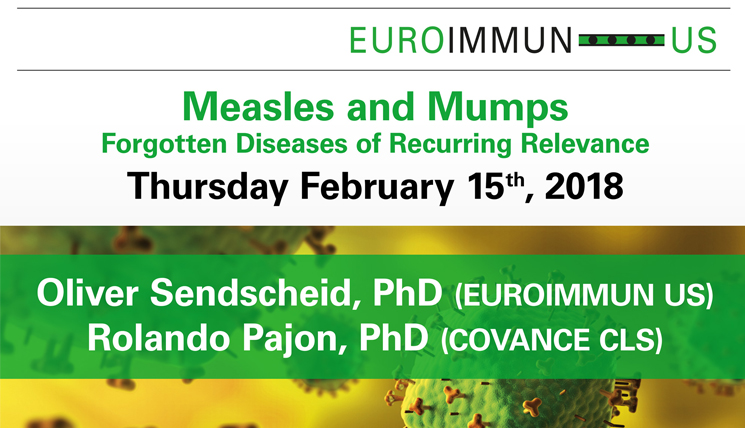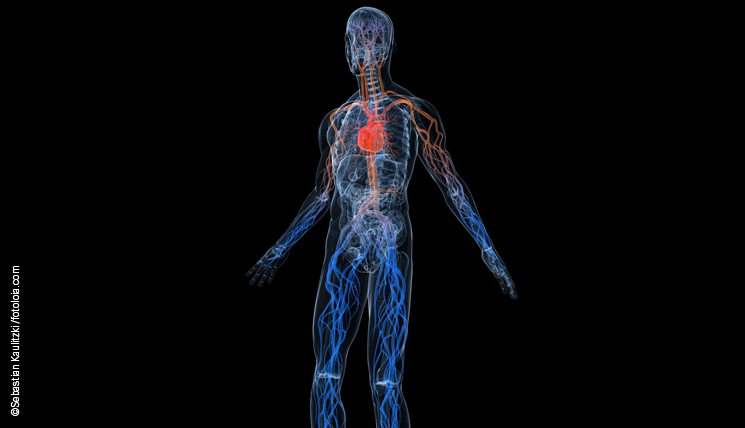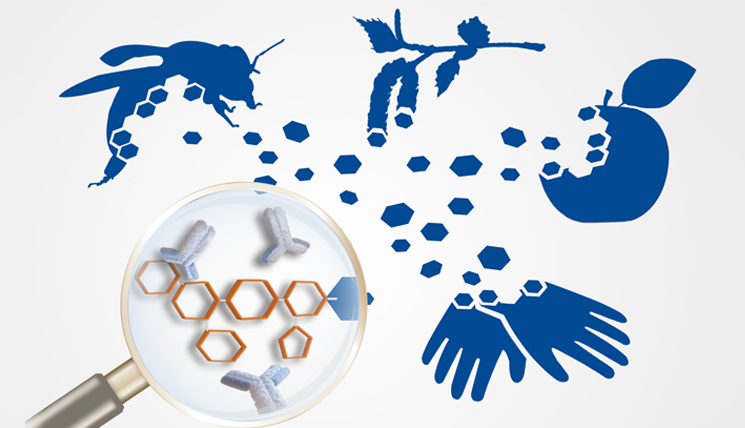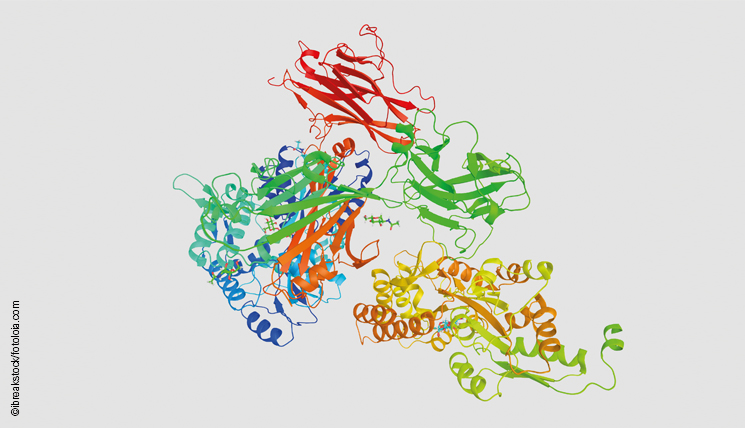Webinar on measles and mumps: two forgotten diseases of recurring relevance
Measles and mumps, two forgotten diseases, reveal an unfortunate comeback. In a free webinar, Oliver Sendscheid, PhD, Scientific Director at EUROIMMUN US, and Rolando Pajon, PhD, Lead Scientist for Vaccine and Novel Immunotherapeutic Laboratory Solutions at COVANCE CLS address the current epidemiologic status of measles and mumps, challenges and solutions in serological testing, perspectives in vaccine […]




